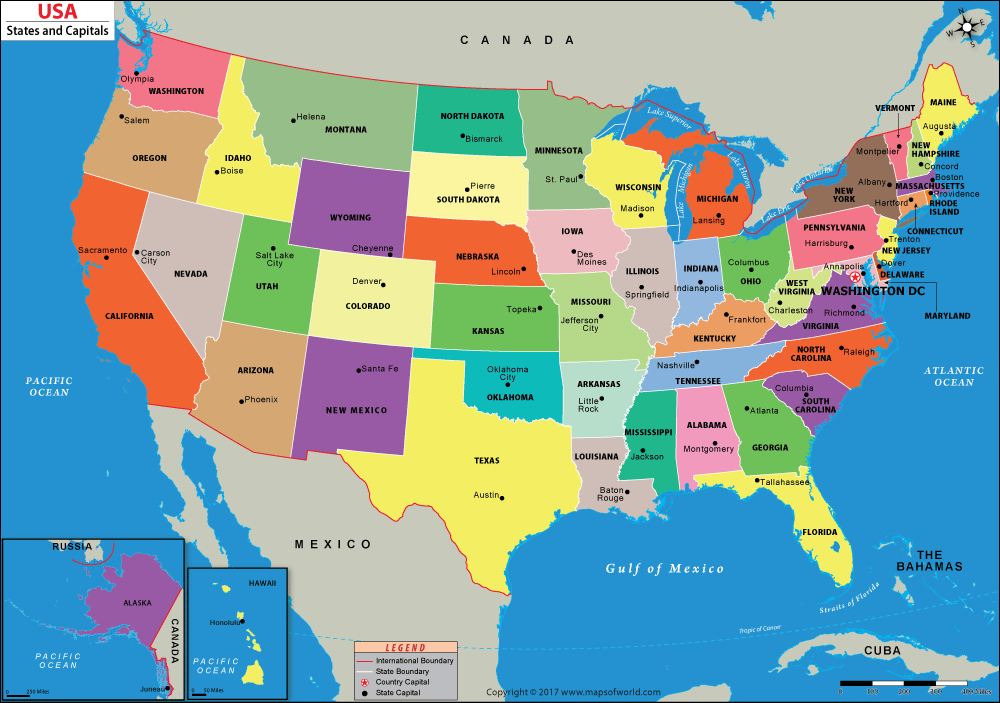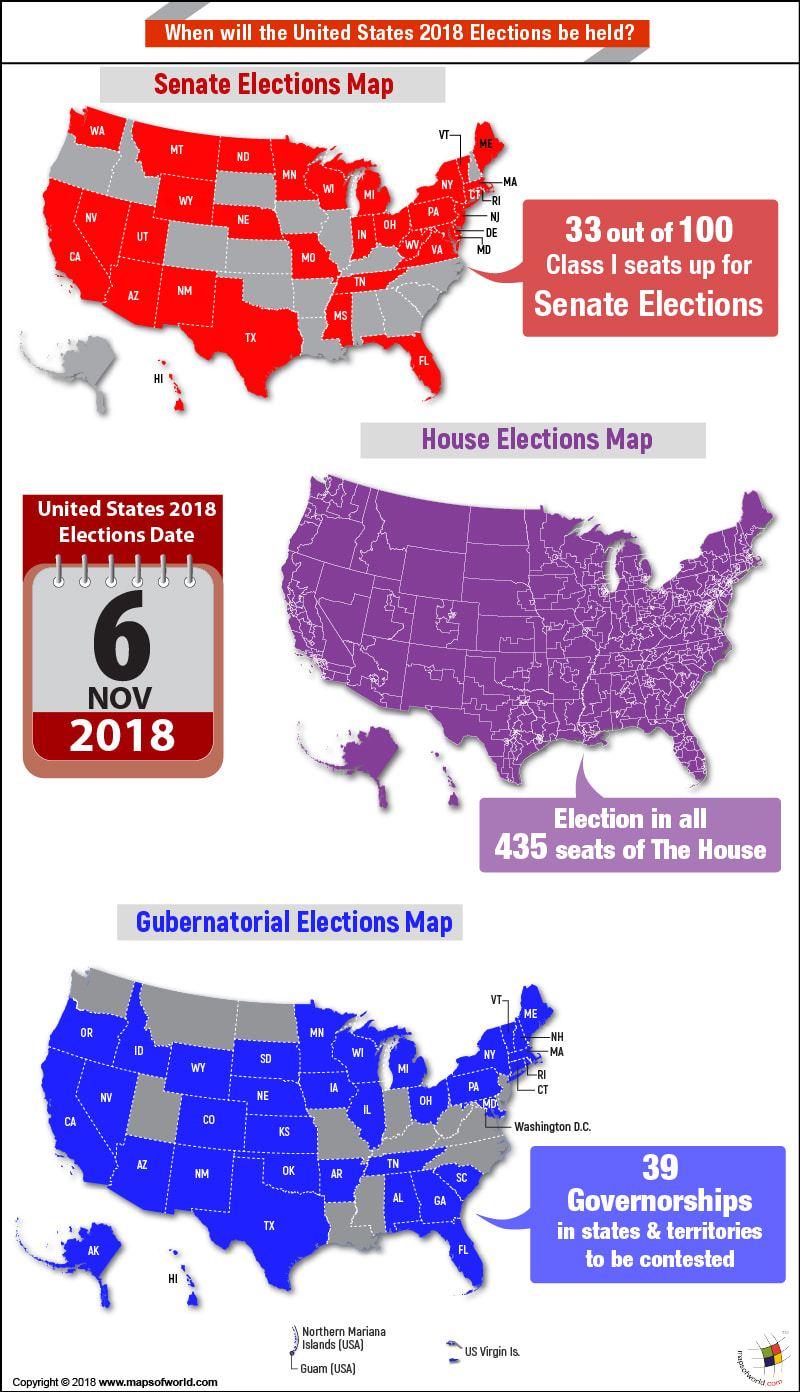When will the United States 2018 elections be held?
The United States elections will be held on Tuesday, November 6th, 2018.
The elections will be held for 33 out of 100 Class 1 seats in the Senate, and all 435 seats in the House of Representatives. Thirty-nine governorships in states and territories will be contested. Washington D.C. along with territories will vote to elect delegates to the House of Representatives. These delegates do not hold voting rights, unlike other members of the House of Representatives.
Special elections
There are special elections being held for electing members to the House of Representatives in:
Pennsylvania’s 18th congressional district will vote on March 13, 2018, to elect a new representative following Tim Murphy’s resignation.
Arizona’s 8th congressional district will vote on April 24, 2018, to elect a new representative following Trent Murphy’s resignation.
Ohio’s 12th congressional district will vote on August 07, 2018, following Pat Tilberi’s resignation.
Michigan’s 13th congressional district will vote on November 06, 2018, following John Conyers’ resignation.
With a higher number of resignations and retirements than in previous years, the Republican Party faces a greater disadvantage than the Democratic Party, whose resignation/retirement numbers are in line with usual averages.
Gubernatorial elections
The election for Governorship will be held in 36 states and three U.S. territories.
Legislative elections
There 99 chambers in state legislative assemblies with 7,383 seats, spread across 50 states of the United States. Of these, 87 state legislative chambers out of a 99 shall hold regularly-scheduled elections to fill 6,066 seats.
Four states – South Carolina, Minnesota, Kansas, and New Mexico will organize elections to the House of Representatives only.
Why are state legislative elections so important?
Presently, the Republican Party holds an advantage over Democratic Party, controlling 67 chambers of out 99, with the balance 32 held by the Democratic Party.
The United States organizes a Census every ten years. The last Census was held in 2010, and the next one is due in 2020. The party dominating 2018 elections will have an advantage going into the 2020 elections, as that year will see congressional districts in states redrawn, as a consequence of the census. Redistricting also referred to as gerrymandering, can give one political party an advantage over the rival party by clustering its voters into majority districts.
Visit the following to learn more about the USA:
Related Maps:








